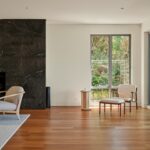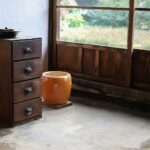Table of Contents
Want a bigger room but can’t knock down walls? You’re not alone. Small rooms can feel cramped and stuffy, but there’s good news.
With some smart changes and clever hacks, you can make any room feel twice its size without bringing out the sledgehammer.
1. Start with the Walls
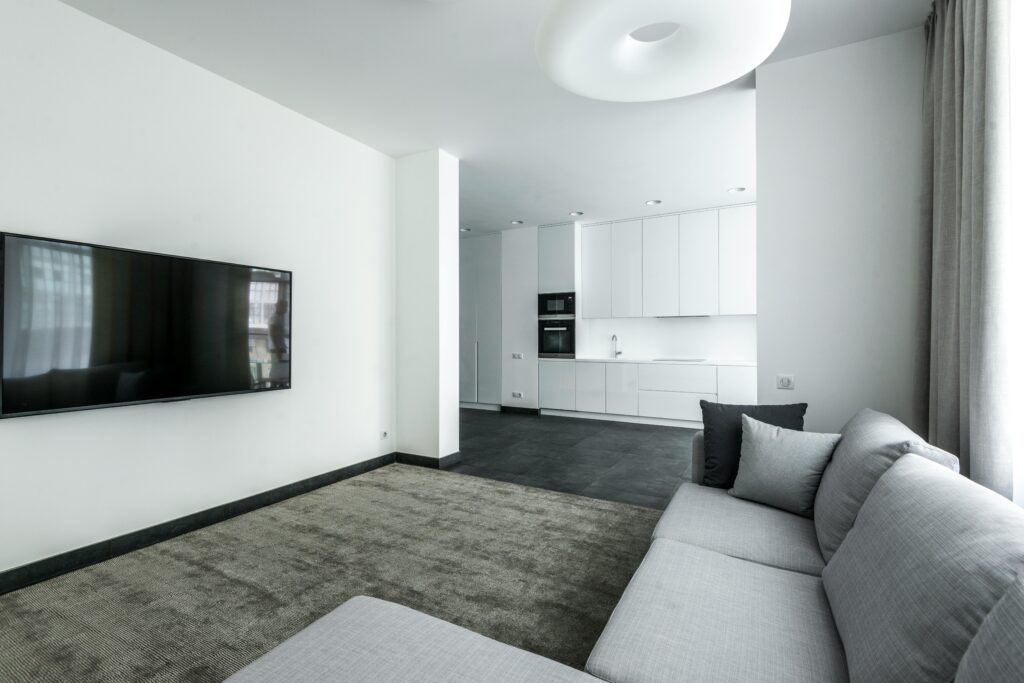
The walls set the tone for how spacious a room feels. Paint them in light colors like soft white, pale gray, or cream.
But here’s the key: paint the ceiling the same color as the walls. This simple hack makes the walls appear taller and removes that harsh line where the wall meets the ceiling.
Want to take it further? Add floor-to-ceiling curtains, even if your windows don’t reach that high.
Hang them close to the ceiling and let them fall all the way to the floor. This draws the eye upward and creates an illusion of height.
2. Natural Light
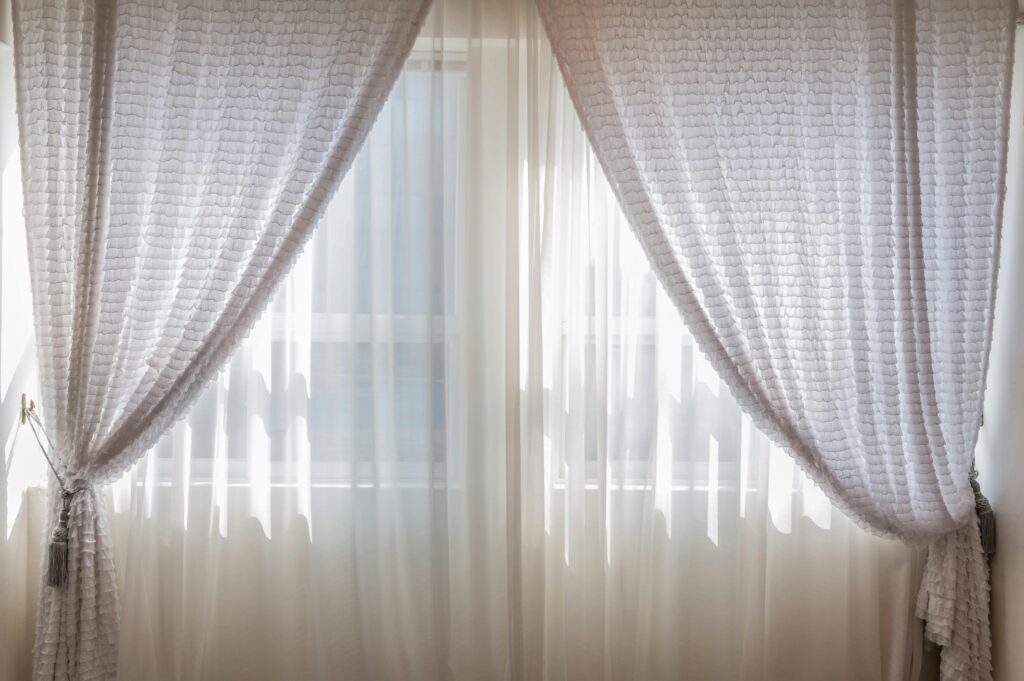
Natural light opens up a room like nothing else. Remove heavy drapes and replace them with sheer curtains. If privacy is a concern, try bottom-up blinds that let light in while keeping nosy neighbors out.
Don’t have much natural light? No problem. Use multiple light sources at different heights.
Put table lamps on side tables, add wall sconces, and consider uplighting in corners. This creates depth and eliminates dark spots that make rooms feel smaller.
3. Mirror, Mirror on the Wall
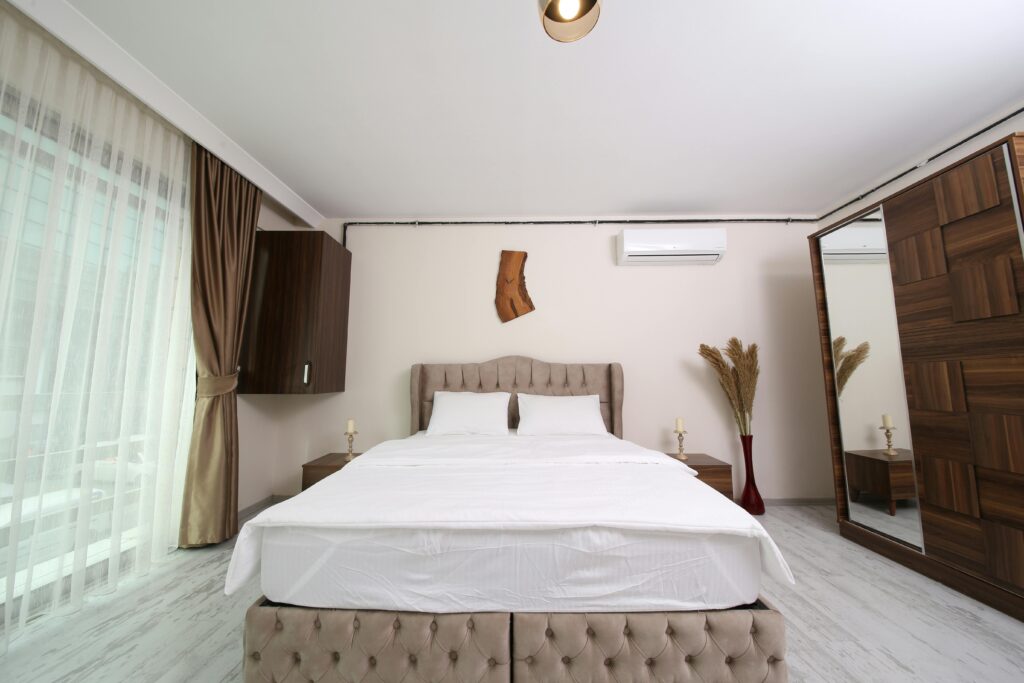
Mirrors are magical when it comes to creating space. Place a large mirror opposite a window to bounce light around the room.
But don’t just stick to wall mirrors. Try mirrored furniture or cabinet doors. They reflect light and create depth without taking up any extra space.
4. Furniture Matters
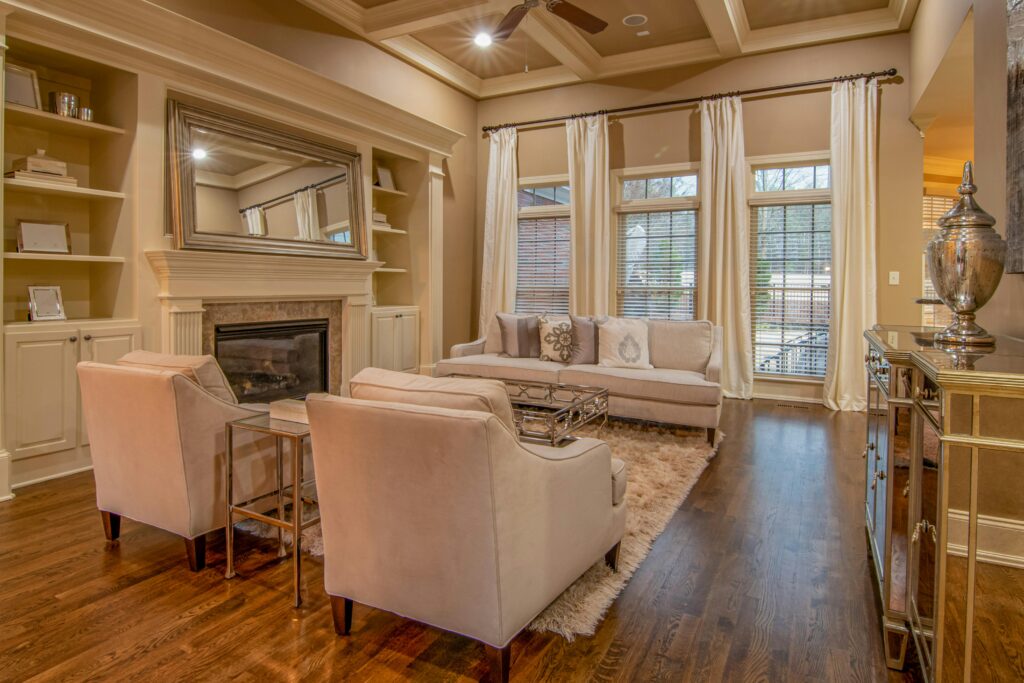
Big, bulky furniture is the enemy of small spaces. Choose pieces with legs that allow you to see the floor underneath.
This creates a sense of flow and makes the room feel less crowded. A glass coffee table works better than a solid wooden one because your eye can travel through it.
Pick furniture that matches your wall color. This helps it blend in rather than stand out and break up the space. Multi-purpose furniture is your friend: an ottoman with storage, a folding dining table, or a sofa bed.
5. The Floor Show
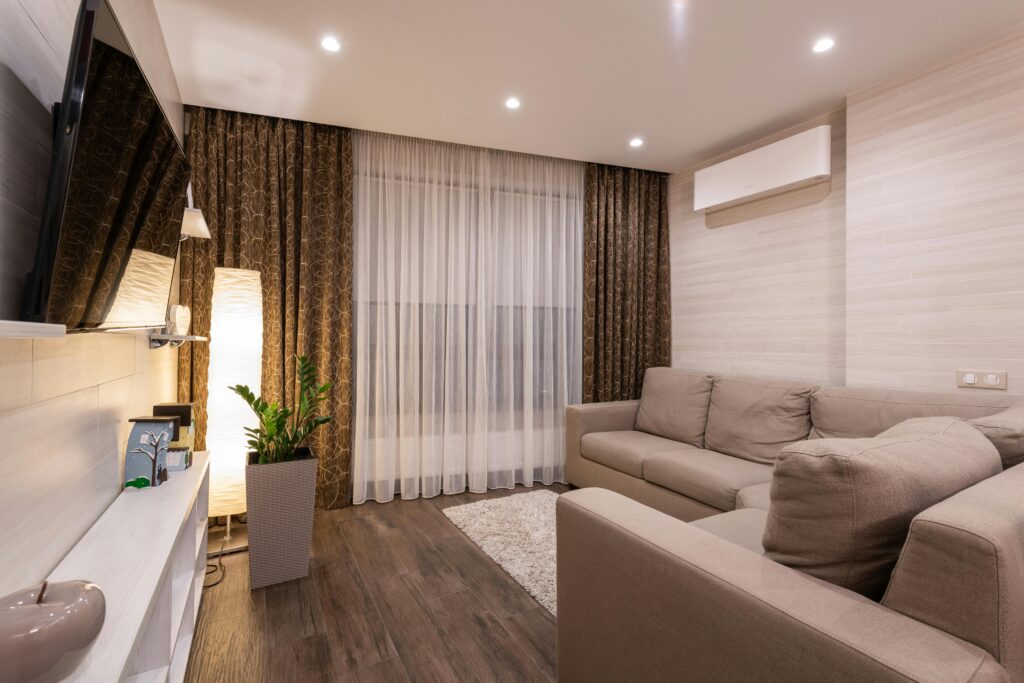
Your floor can make or break the spacious feel. Large floor tiles or wide wooden planks make a room feel bigger than small, busy patterns.
If you have wooden floors, lay them parallel to the longest wall. This makes the room appear longer.
For renters who can’t change the flooring, a large area rug can work wonders. Choose one that’s big enough so most of your furniture sits on it. Small rugs create choppy spaces that feel disconnected.
6. Clear the Clutter
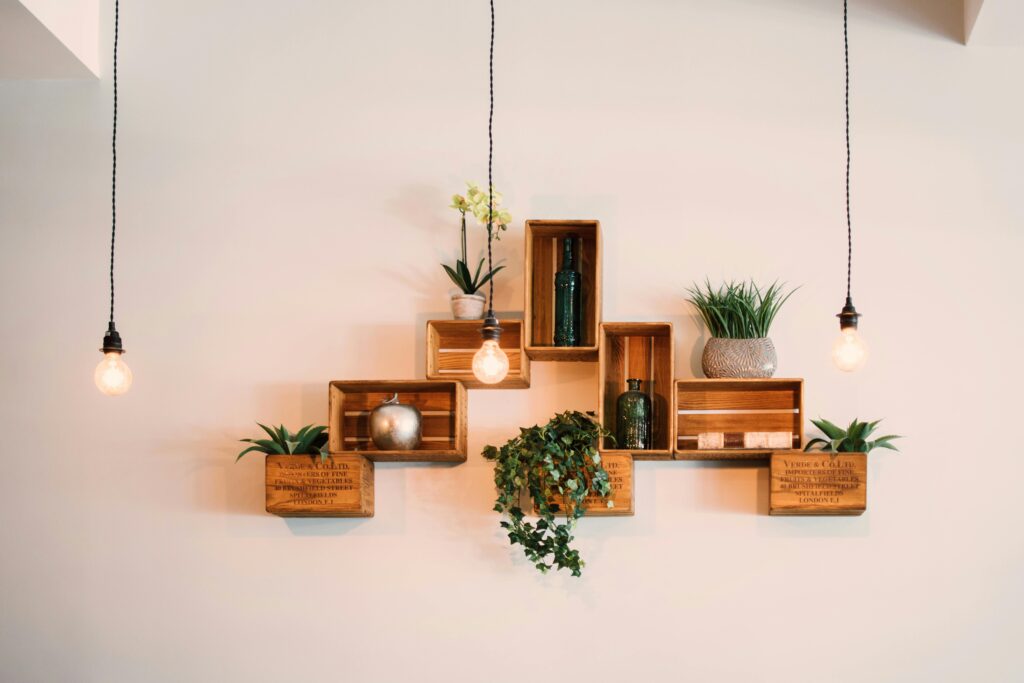
Nothing makes a room feel smaller than clutter. But getting rid of stuff isn’t always possible.
The solution? Smart storage. Use vertical space with tall bookcases and wall-mounted shelves. Install hooks behind doors. Buy furniture with hidden storage.
Keep surfaces clear. Instead of having lots of small decorative items, choose fewer, larger pieces. This creates a cleaner look that feels more spacious.
7. The Power of Stripes
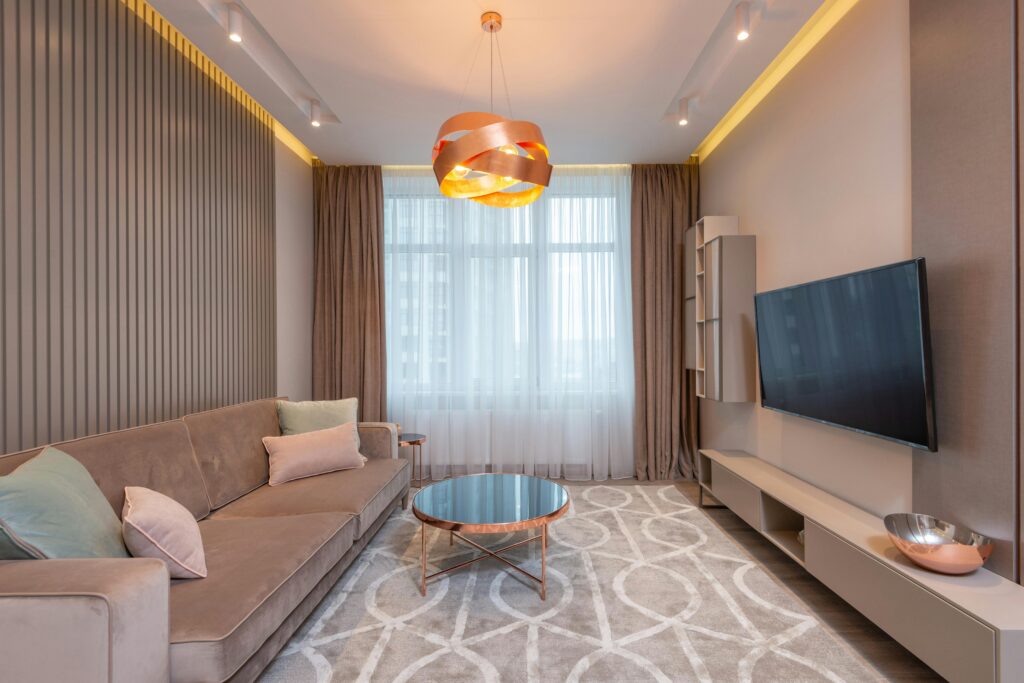
Stripes can be your secret weapon. Vertical stripes on walls or curtains make ceilings appear higher. Horizontal stripes can make a room feel wider.
Be careful not to go overboard though. One striped feature wall or a striped rug is enough.
8. Create Zones Without Walls.
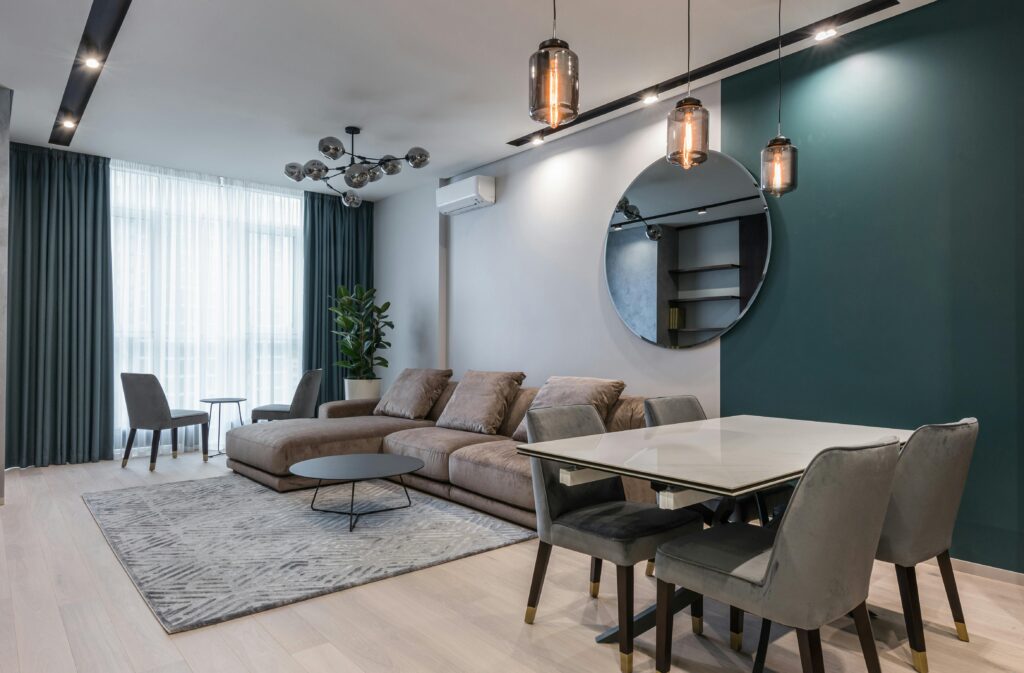
In studio apartments or open spaces, you need to create separate areas without making the room feel smaller.
Use rugs to define spaces. Position furniture to create natural walkways. An open-backed bookshelf can divide a room while letting light through.
9. Color Psychology
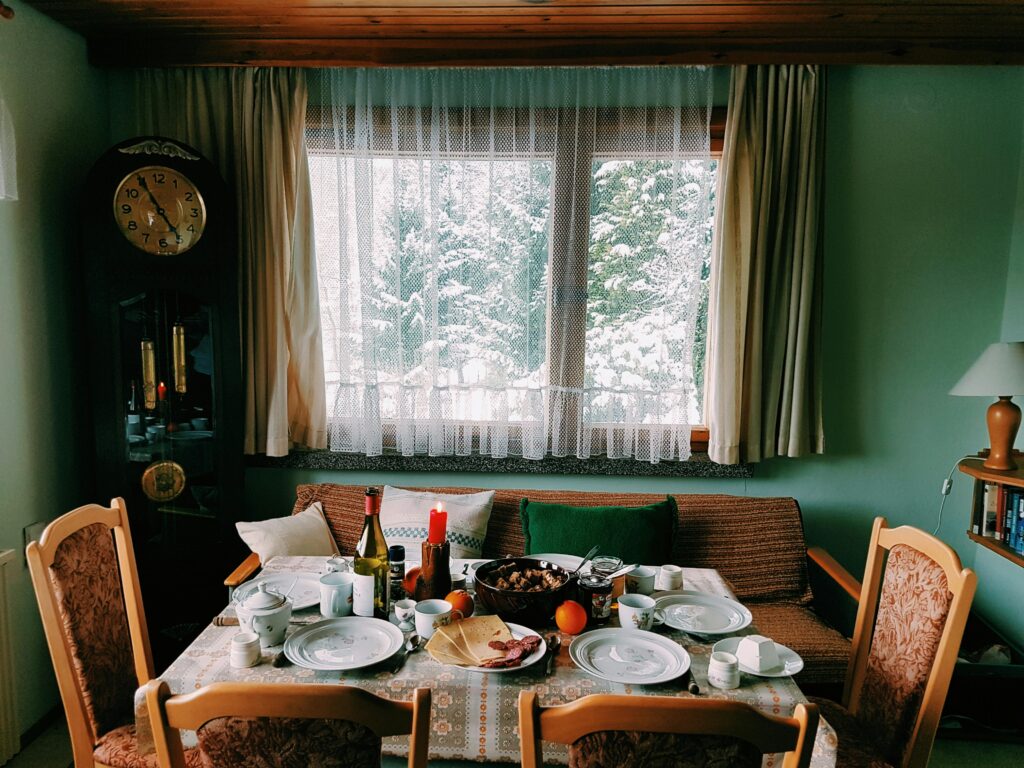
While light colors make rooms feel bigger, that doesn’t mean you can’t use dark colors. The trick is to use them sparingly. A dark accent wall at the far end of a room can create depth. Just keep the other walls light.
Use color to draw the eye where you want it to go. A bright piece of art at the far end of the room makes the space feel longer because it pulls your gaze through the room.
10. The Window Treatment
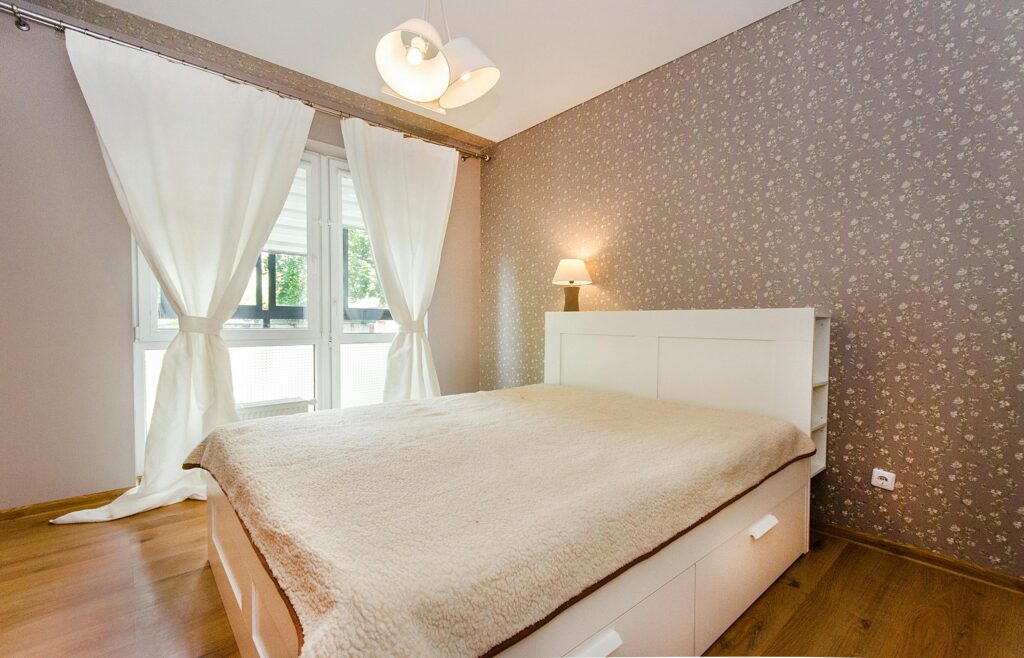
Make windows appear larger by extending curtain rods beyond the window frame. When the curtains are open, they’ll sit against the wall instead of blocking the window.
This makes the window look bigger and lets in more light. If you have small windows, hang artwork around them in a gallery-wall style. This creates the illusion of a larger window area.
11. Scale Your Art
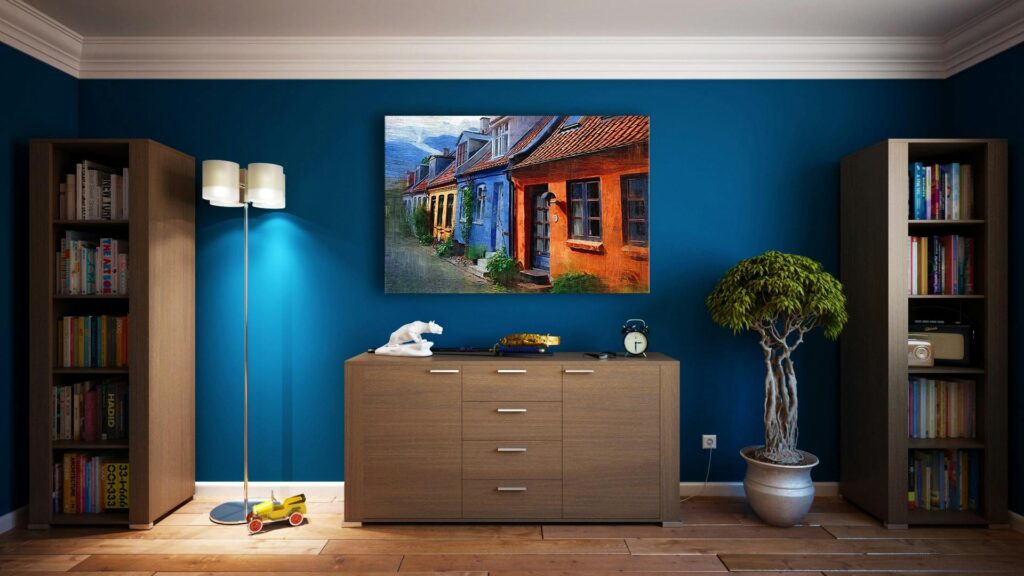
When it comes to wall art, bigger is better. One large piece works better than several small ones.
If you love gallery walls, group your art with small spaces between pieces. This creates one large visual element instead of several scattered ones.
12. Don’t Forget the Corners
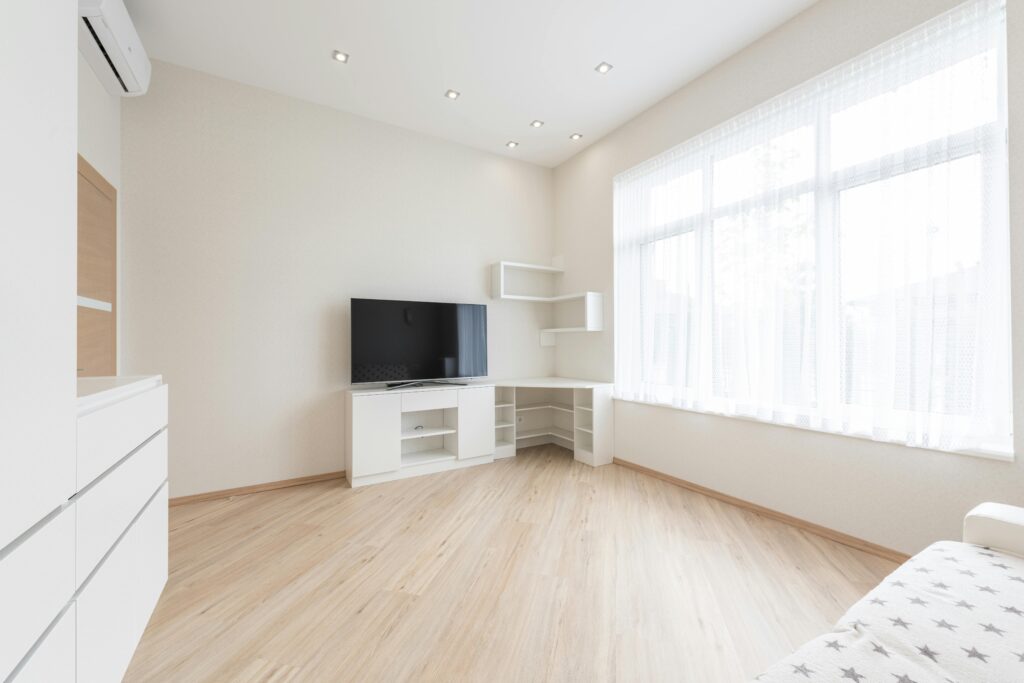
Corners often become dead spaces in small rooms. Put them to work with corner shelves or a corner desk. But keep corner pieces slim and tall rather than wide and bulky.
13. The Rule of Space
Leave some empty space. Not every wall needs something on it. Not every surface needs a decoration. Empty space gives your eyes a place to rest and makes a room feel less crowded.
14. Plants: Yes or No?
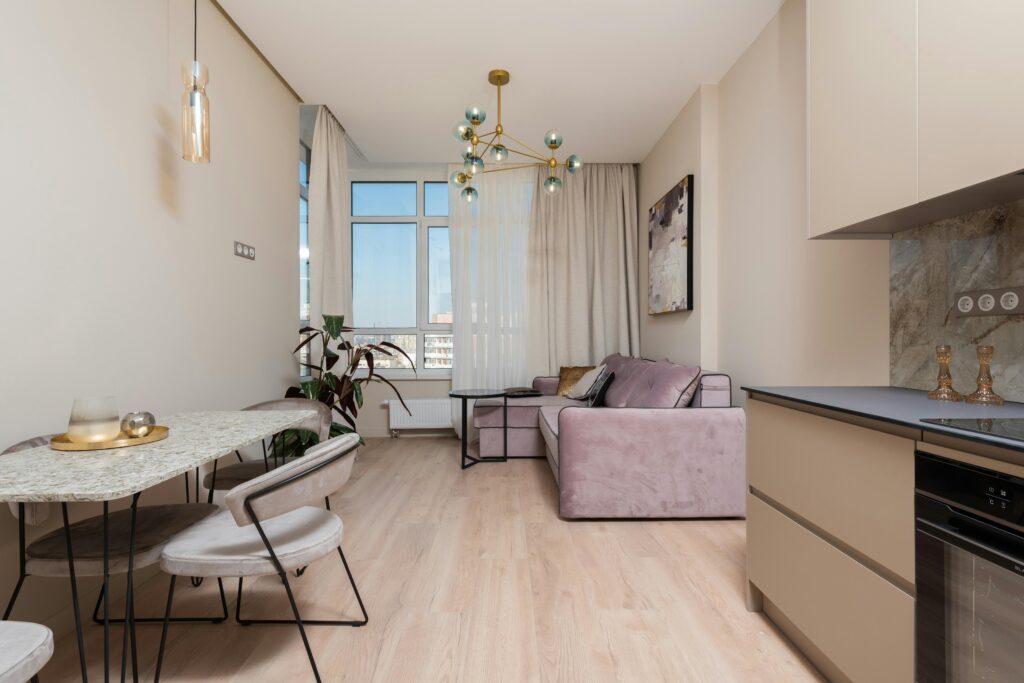
Plants can make a room feel fresh and alive, but too many can crowd a space. Choose one or two larger plants instead of lots of small ones. Tall plants draw the eye up, making ceilings feel higher.
Common Mistakes to Avoid

Nobody wants a cramped space, but some common decorating habits make rooms feel tiny. Here are the mistakes you’ll want to avoid.
- Filling the space with lots of small furniture pieces instead of fewer, well-chosen larger ones.
- Pushing every piece of furniture against the walls when some pieces could float better in the space.
- Using open shelving that displays all your belongings instead of closed storage solutions.
- Using too many different colors that breaks up the visual flow of the space.
- Installing curtains that only reach the window frame instead of the floor.
- Overcrowding corners with bulky furniture that blocks natural movement through the room.
- Choosing busy patterns and small prints that make the space feel chaotic and cramped.
- Making everything match perfectly, which removes depth and visual interest from the room.
Making It Work
Creating the illusion of space isn’t about following every trick in the book. Pick the ideas that work for your room and your style. Start with one or two changes and see how they feel. Small changes can make a big difference in how spacious your room feels.

Hi, I’m Christian, a 43-year-old father of two and a lifelong DIY enthusiast. My workshop is where I spend countless hours experimenting, upgrading, and fine-tuning. Sharing my experiences and practical advice is my way of helping others create homes they love.


